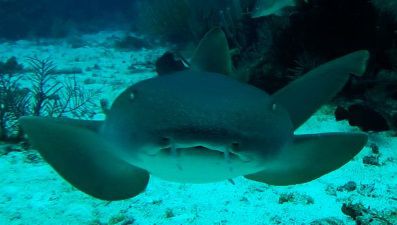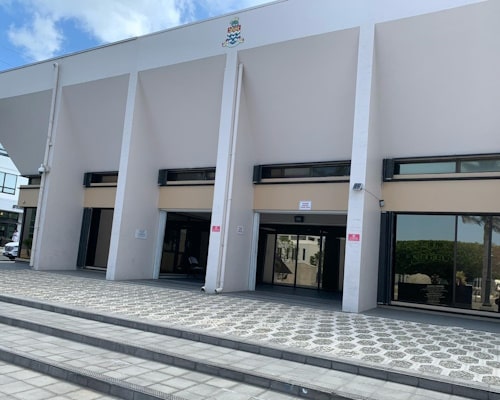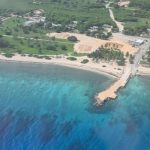DoE calls for help tracking key predators
(CNS): A local research project tracking important local marine predators that are endangered needs the help of the public who catch or see tagged fish. The Department of Environment (DoE) is working with Marine Conservation International (MCI) to track threatened species in local waters. The project will provide information for the local management efforts for threatened species, particularly sharks, snappers and groupers, and to address sustainable fishing practices in the Cayman Islands.
“While sharks are now completely protected in all Cayman waters, we still fish for, and want to be able to keep fishing sustainably for, snappers and groupers. To do this, we need to work with the public to help us manage these species,” said DoE Senior Research Officer John Bothwell.
As Cayman’s human population continues to increase, the number of people trying to catch fish is also on the rise and the DoE said more research was needed to make sure that snappers and groupers are not overfished. Part of the project entails researchers catching fish and inserting an acoustic tag in order to track movements through a series of research hydrophones located around all three islands.
Fish are also tagged with small white beads and the DoE is asking for public feedback if the tagged fish are caught or photographed. There is a reward for the return of the acoustic tags, located in the belly of the fish.
The DoE is asking people who take pictures of marine predators to post the image on social media with the hashtag #SpotThatCayFish and information, such as the photographer’s name, the date, time of day and the name of the location of the dive or snorkel site. MCI officials will then identify the fish and study its migration patterns.
“While all species on the reef are important, these top marine predators influence the population structures of other reef organisms,” said MCI researcher Pete Davies. “They play an important role in affecting the behaviour of other species. Big snappers, groupers and sharks are a crucial part of a complex system. There is a lot we can learn about these fish from the tags and the photos.
“I’m talking to as many fishers as possible about their experiences with these species, to get a better idea of their distribution, especially lagoon and mutton snappers, and tiger groupers. This information from the fishers and divers will help us better understand the fish,” he added.
For more information on this research project, contact the DoE on 949-8469 or visit the DoE website or the MCI website.
For updates on the social media campaign, see the Facebook page Shark & Cetaceans: The Cayman Islands or follow @MCI_Cayman on Twitter.
Category: Marine Environment, Science & Nature





































Fishing licenses. Yet another law we refuse to enforce.
Yup, and then complain about the consequences. What a pathetic bunch we have become.
How, specifically, do you think the fishing licenses – which were to stop non-Caymanians fishing from the shore – would have effectively protected things like the lagoon snappers which are fished by boat when they are spawning?
Fishing licenses are only for non Caymanian residents. Tourists not included. Only your Filipino housekeeper needs a license. There is, however, no procedure to obtain one. Works just like permanent residency.